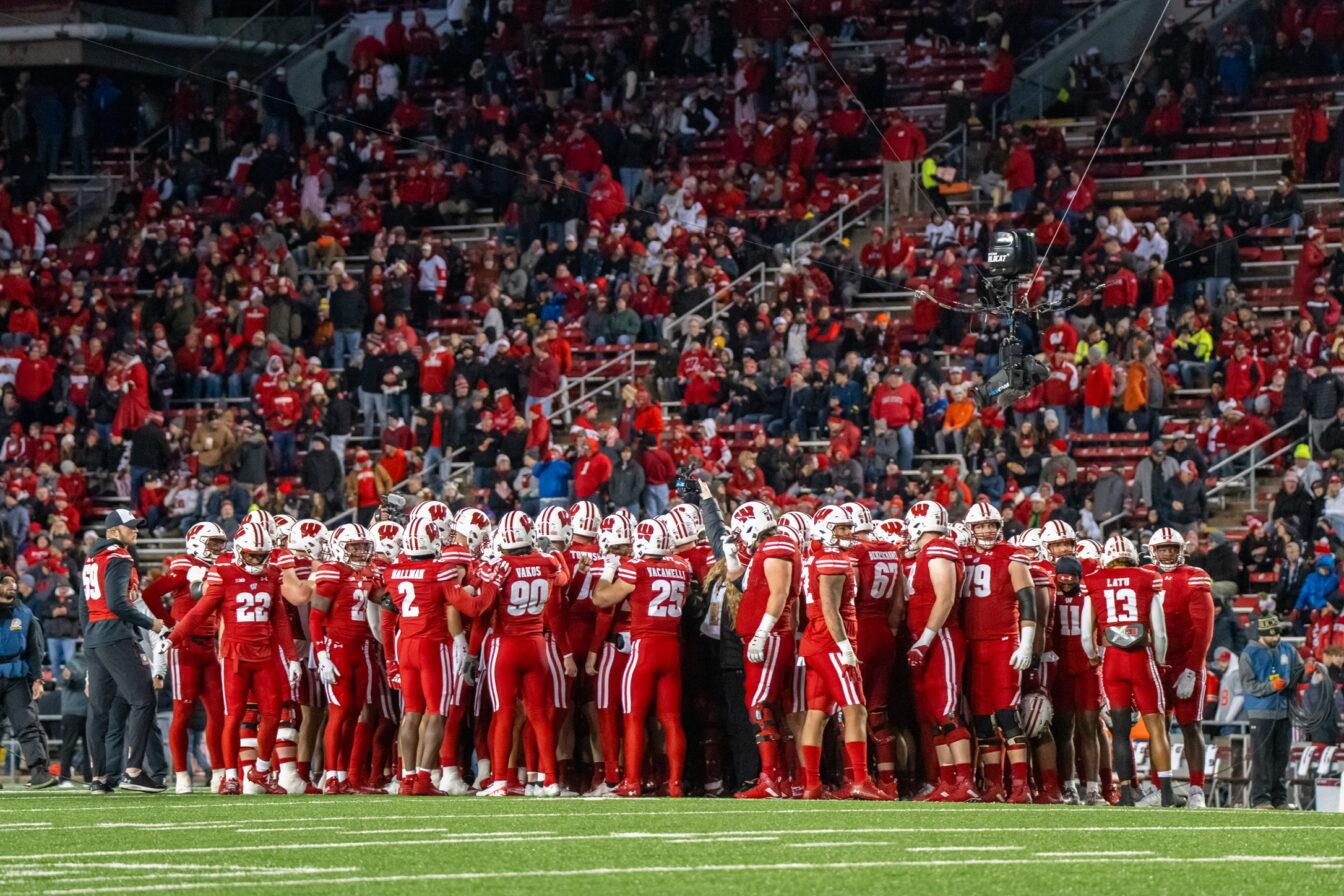While approaching Happy Valley, the affectionately named area on which the campus of Penn State University lies, one thing stands out among the mountains and buildings of the city.
Situated on the outskirts of town in State College, Pa., Beaver Stadium towers above its surroundings, seemingly growing ever skyward, a testament to the storied tradition of Penn State football.
Since 1960 the stadium has been expanded seven times, growing step-for-step with the legend of the team and its coach, Joe Paterno.
The stadium, named in honor of James A. Beaver, president of the university’s Board of Trustees around the turn of the century, was constructed over 40 years ago. Through 1959, the team’s stadium was New Beaver Field, constructed in 1909. After the 1959 season, New Beaver Field was dismantled into 700 pieces and reassembled on the east side of campus. An additional 16,000 seats were added to bring the capacity to 46,000 and Beaver Stadium was formed.
Over the years Beaver Stadium has grown in both stature and legend. As Penn State’s football team rose in prominence through the decades, the stadium appeared to grow with it. Since its completion in 1960, Beaver Stadium has undergone seven major, capacity-raising expansions that have made it one of the largest and most prominent stadiums in college football, while the Nittany Lions have established themselves as a perennial contender for both the Big Ten and National Championships.
Wisconsin’s defensive lineman Ben Herbert, who hails from Pennsylvania, understands the prestige that Beaver Stadium holds.
“Happy Valley is one of the best spectacles in college football,” Herbert said. “I think it will be quite an atmosphere [when UW plays there on Saturday]. It will be exciting.”
Offensive coordinator Brian White was similarly enthusiastic about playing in Happy Valley.
“We’re looking forward to it,” White said. “It’s a tremendous opportunity to go to a place like Penn State, with all of their tradition. It’s as great an atmosphere there is in college football.”
And for Wisconsin quarterback Jim Sorgi, playing at Happy Valley is synonymous with college football.
“Me and my dad talked about [playing at Beaver Stadium] on the phone a couple of days ago, and he’s like, ‘This is why you went to Wisconsin. It’s the tradition,” Sorgi said. “You go into Happy Valley to play Penn State , coached by Joe Paterno. This is what it’s all about … When I get on the field I’m going to take time to look at the crowd — 109,000 — smell the grass, stuff like that.”
Prior to the start of the 2001 season, a major expansion to Beaver Stadium, costing $93 million, was completed. The extensive renovations included the addition of an 11,000-seat upper deck in the south end zone. In all, 12,000 new seats were added to raise the total capacity of the stadium to 106,537.
Included in the addition were 60 private luxury suites with seating for 16 and 4,000 club seats complete with access to the Mount Nittany Lounge. The lounge, located in the south end zone, provides ticket holders with amenities both before and after the game. These include wait service, distribution of team rosters and lineups similar to those given to the press, and live coverage of the post-game press conference.
The renovation has greatly improved the general infrastructure of the stadium. Improved rest room and concession facilities were added throughout the stadium. Ease of movement throughout the stadium and amenities for the team, media, and cheerleaders was improved. Also included in the expansion are new scoreboards with screens that have instant-replay capabilities.
The expansion makes Beaver Stadium the second-largest stadium of any kind in the nation. Only Michigan Stadium in Ann Arbor, with a capacity of 107,501, is larger.
The sheer size of Beaver Stadium and the tremendous crowd it holds can make it an extremely difficult place to play. The Nittany Lions’ 82 percent winning percentage at Beaver Stadium since 1960 does nothing to disprove this. The increased size of the stadium should grant Penn State an even greater advantage this season. In Penn State’s home opener, a 33-7 loss to No. 2 Miami, a record 109,313 people filled the stadium, and Penn State claims to have sold out almost all of its tickets for the rest of the season.
The Badgers expect the crowd to be large and raucous again on Saturday.
“They had a very lively and enthusiastic crowd the first week,” UW’s head coach Barry Alvarez said. “I would anticipate that we’ll have the same thing when we show up [Saturday].”
Indeed, Saturday’s game is sold out, meaning over 106,000 Penn State fans will be packing the stands, hoping to show the Badgers what a terrible place Happy Valley can be.













